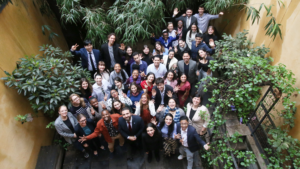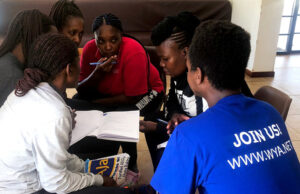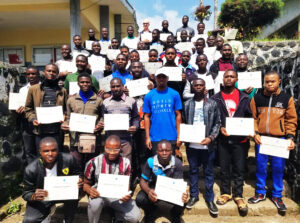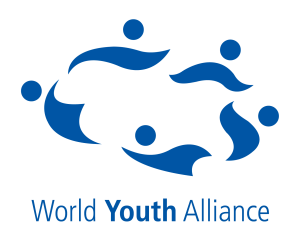 I recently came across a screen capture of a teacher expressing concern about her fifth grade students’ essays on how they see themselves 10 -15 years into the future. She lamented that based on their answers, these kids seem to idolize leaders who prefer to use force over passive methods, and are growing up to think that “killing the bad people” is the most effective way to eradicate crimes and poverty in the country. Why is this so?
I recently came across a screen capture of a teacher expressing concern about her fifth grade students’ essays on how they see themselves 10 -15 years into the future. She lamented that based on their answers, these kids seem to idolize leaders who prefer to use force over passive methods, and are growing up to think that “killing the bad people” is the most effective way to eradicate crimes and poverty in the country. Why is this so?
The Philippines is currently facing issues regarding extrajudicial killings since our new president had come to power together with the goal of eliminating crime in the country. It has become an issue and a problem for many as these killings are not only ignoring the basic human rights possessed by the criminals, but has trickled over to the killings of innocent people and only “alleged criminals.” There are those, however, who applaud the “relentless fight” against crime and drugs, with the hope and the belief that this will make our country a much safer place to live in. This did not happen overnight, though, nor is it the sole fault of the president. Media has been and continues to be a powerful influence, where we have watched, time and again, how the “bad guys” are killed and the “city is safe again.”
Because I believe that who we are today is largely a product of how we were raised and formed in the early days, I thought that perhaps this post also implies the significance of the Human Dignity Curriculum. WYAAP had recently partnered with the Play, Learn and Serve (PLS) community which caters to children with various backgrounds. When I first visited the community, I was welcomed by the warm and playful smiles of the children. However, we were informed that during the early days of PLS, the children did not have smiles. Their life in the streets had made them cold, aggressive, and indifferent to right and wrong and left them only the instinct to survive. They were constantly alert and did not know how to play with toys because they were busy protecting it from the other children. It took Teacher Aien and a small team of volunteers so much time and effort to help the children become the children I met that day. But that was the important thing – PLS did not give up on them.
Before condemning the criminals and those who have implemented these policies, we may have to look back to what we as a society “Human dignity” as a concept may be difficult for children to grasp. Nonetheless it is an important and vital lesson that we have to teach and instill. Simply because I am a human person, I am worthy to be treated with respect. And because we are all people, everyone is worthy to be treated with respect. Children are the hope for the future and we all have the duty to protect this hope.
Written by Ji Eun Yeon, current intern at the WYA Asia Pacific office.







